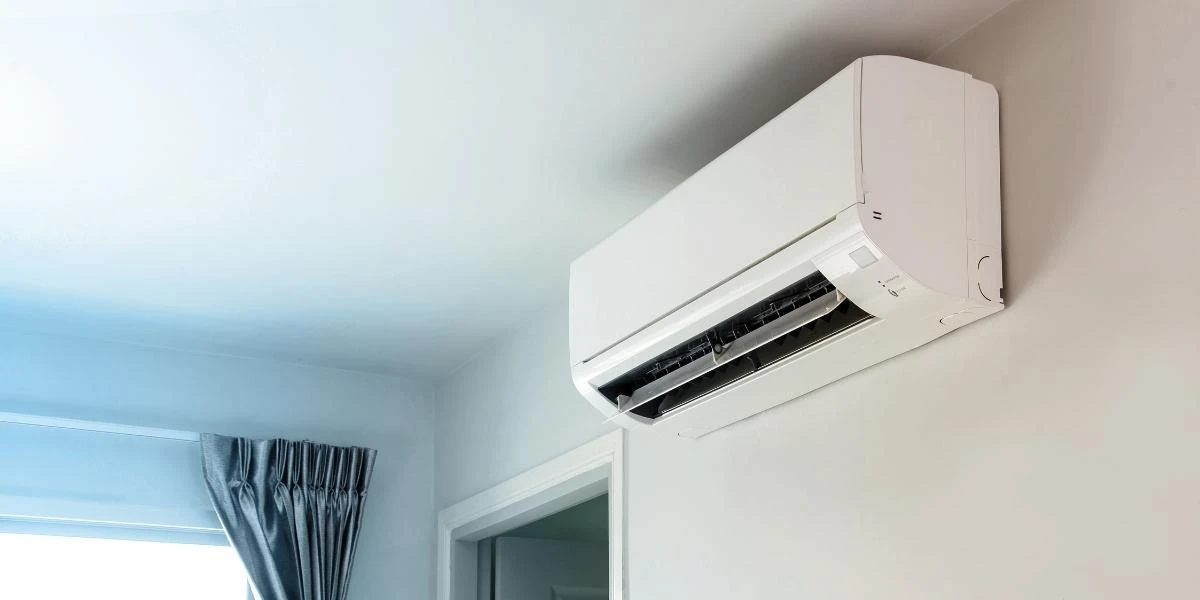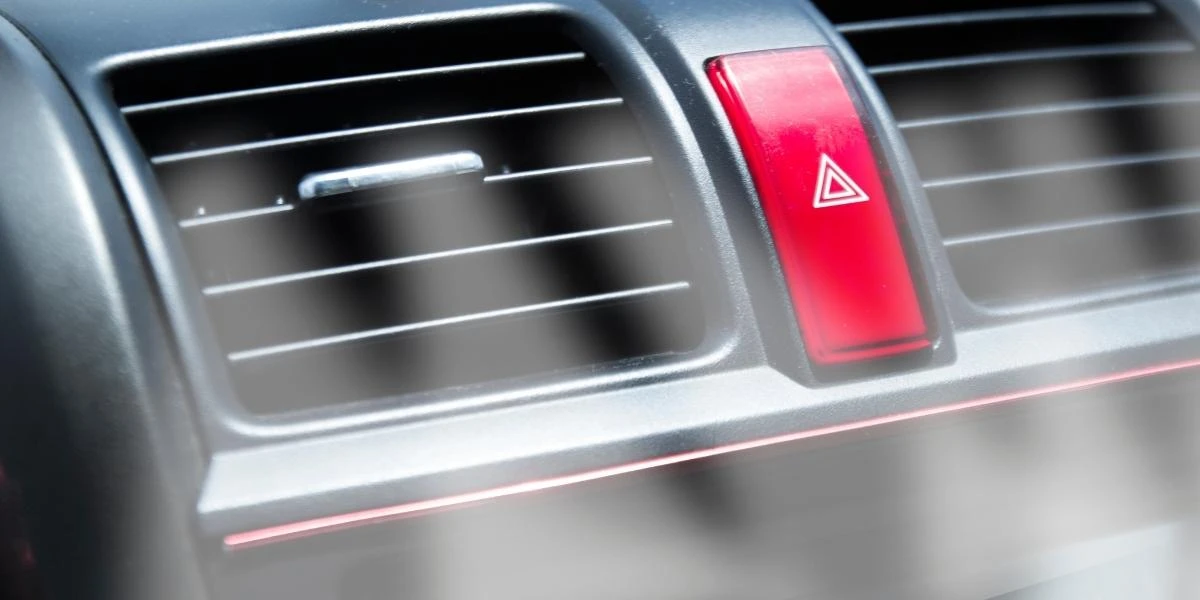HOW DOES AN AIR CONDITIONER WORK?

Image Credits: Canva
What’s more relaxing than an air-conditioned room in the summer season. From 2021 to 2028, the air conditioning systems market is predicted to increase at a compound yearly growth rate of 6.2 percent, reaching USD 175.15 billion. This billion-dollar industry is providing us with comfort and relief from the hot weather with their products, but have you ever wondered how it works? It is basically done through a combination of scientific principles and mechanical means.
In this article, we will try to get a better understanding of working of any air conditioner.
Air Conditioner Components
Thermostat : When it’s time to start cooling, a thermostat transmits signals to the HVAC system.
Refrigerant : The term “refrigerant” refers to a substance that might be liquid or gaseous. When paired with other components like compressors and evaporators, it absorbs heat from the surroundings quickly and can provide refrigeration or air conditioning.
Evaporator Coil : The evaporator coil is the part of your air conditioning system that absorbs heat from the air inside your house.
Compressor : The compressor is in charge of transferring refrigerant between the evaporator and condenser coils, ensuring that it transforms from gas to liquid as required.
Condenser Coil : The refrigerant is held in liquid form by the condenser coil, which is also constructed of copper. The compressor raises the gas’s pressure. As a result, the gas condenses into a liquid. The heat contained in the refrigerant is released as the refrigerant transitions to a liquid state.
Expansion Valve : The expansion valve lowers the refrigerant fluid pressure upstream of the evaporator. The fluid cools as a result of the pressure reduction, and it is subsequently sprayed into the evaporator. The evaporator is always connected to the expansion valve.
Working of all Air Conditioners
What air conditioners basically do is cool your home by removing heat and humidity from the air inside and sending it outside. Air conditioning systems work similarly to ordinary refrigerators, in that heat is absorbed inside the unit and then evacuated from the room.
Working of all Air Conditioners

Image Credits: Canva
Chemicals in your air conditioner quickly convert from gas to liquid and back again. These chemicals transport heat from your home’s interior to the outside air. There are three main components of every best air conditioner. The compressor, condenser, and evaporator are the three components. The compressor and condenser of your air conditioner are usually found on the outside of the device. The evaporator is located within the home.
As a low-pressure gas, the cooling fluid enters the compressor. As the gas/fluid is compressed, the molecules in the liquid become closer together. The greater the temperature and energy rise, the closer the compressor squeezes these molecules together.
Working of Car Air Conditioners

Image Credits: Canva
Car air conditioners function similarly to those found in homes and offices, with the exception that they are significantly smaller. The chiller is located behind the dashboard, while the heat dissipator is located near the radiator grille, and the two are linked by a circuit of pipes through which coolant runs when the air conditioner is turned on. The compressor unit in a car is powered by the crankshaft, unlike a static unit in a building that is entirely powered by electricity. A heater and dehumidifier are usually included. The coolant alternates between gas and liquid, high and low pressure, and high and low temperature, much as it does in standard air conditioning.
Science behind air conditioner working
This working fluid travels to the condenser as a high-pressure, heated gas. Metal fins surround the casing of an air conditioning system’s exterior unit. These fins allow heat to be dissipated more quickly.
The fluid is substantially cooler when it exits the condenser. Because of the high pressure, it also changes from a gas to a liquid. The liquid enters the evaporator through a tiny, narrow hole, and when it reaches the other side of this channel, the pressure drops. As a result, the liquid begins to evaporate and turn into gas.
Heat is taken from the surrounding air as a result of this process. This heat is necessary to convert liquid molecules into gas molecules. The evaporator’s metal fins also aid in the transfer of thermal energy to the ambient air.
The refrigerant returns to being a low-pressure, chilled gas after it exits the evaporator. When it returns to the compressor, the entire process begins anew. The evaporator is attached to a fan that circulates air throughout the house and across the evaporator’s fins.
Air is sucked into the ductwork by the air conditioner via a vent. This air is utilized to cool the gas in the evaporator, and it cools as the heat is removed. The air is then sent back into the house through the ductwork.
This process is repeated until the temperature inside your home or company reaches the appropriate level.
FAQs:
To Sum Up
Apple Watches are your best companions that provide you with your health updates, show date and time and motivate you to always be fit. Apple watch accessories enhance its function by delivering solutions for its safety, durability, charging and stylish appearance. You can use these accessories at home, in your office, at events, outdoor activities, gyms, etc. Select the Apple watch accessories that best suit your needs and follow the above guidelines when buying them.
